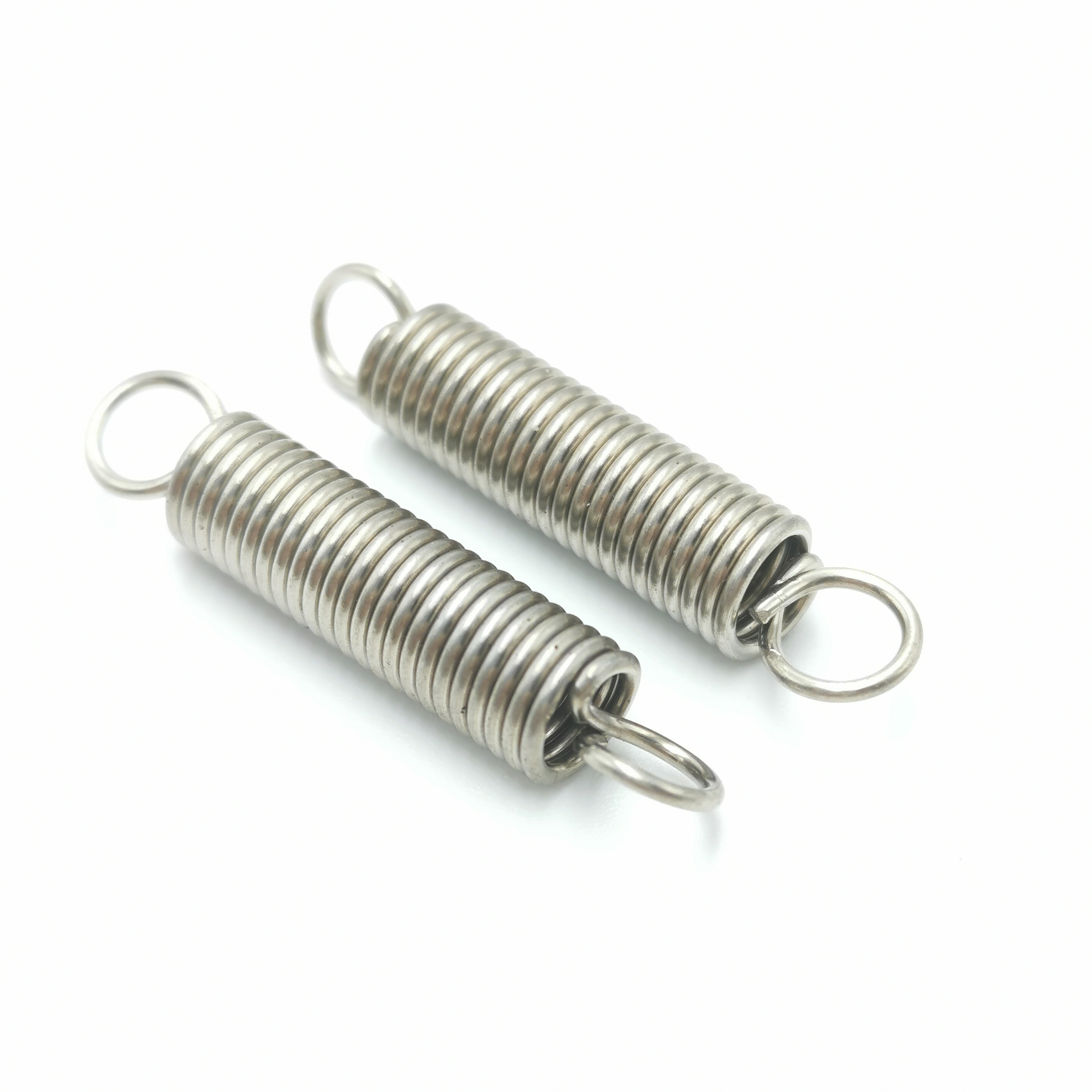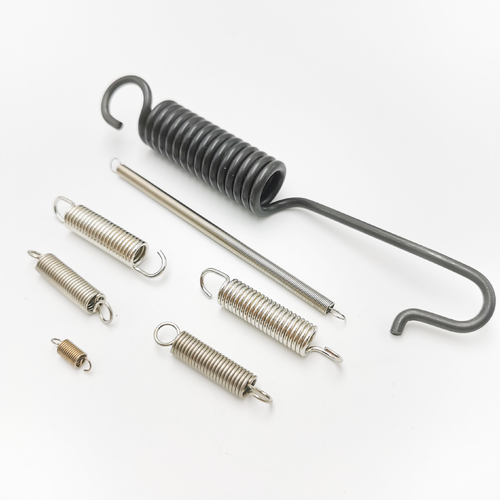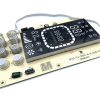
The Role of Torsion Coil Springs in Mechanical Systems
Torsion coil springs, often overlooked but crucial components in various mechanical systems, play a pivotal role in ensuring smooth operations across industries. Understanding their design, functionality, and maintenance is imperative for engineers and technicians striving for optimal performance and reliability.
Design and Functionality
Torsion coil springs possess a unique structure consisting of tightly wound coils designed to exert torque when twisted. This design enables them to store and release energy efficiently, making them ideal for applications where rotational force is required. Within mechanical systems, these springs act as crucial components, providing stability, resilience, and controlled motion.
Structure of Torsion Coil Springs
At its core, a torsion coil spring comprises high-quality spring steel wound into a helical shape. The number of coils, wire diameter, and coil diameter determine its load-bearing capacity and torque characteristics. Additionally, various end configurations, such as straight, hooked, or double-ended, accommodate different mounting and attachment methods.
Working Principle
When subjected to torque or rotational force, torsion coil springs twist along their axis, storing potential energy within the elastic deformation of the material. Upon release of the applied torque, the spring returns to its original position, converting stored energy into kinetic energy. This process enables smooth and controlled motion in numerous mechanical applications.
Applications in Various Industries
Torsion coil springs find applications across a spectrum of industries, including automotive, aerospace, industrial machinery, and consumer electronics. From ensuring proper door closure mechanisms in automobiles to facilitating precise movement in aircraft control systems, these springs contribute to the functionality and reliability of diverse mechanical systems.
Advantages of Torsion Coil Springs
Durability and Longevity
Constructed from high-quality materials and engineered for resilience, torsion coil springs exhibit exceptional durability and longevity. Their ability to withstand repeated cycles of loading and unloading ensures consistent performance over extended periods, reducing maintenance requirements and operational downtime.
Efficient Energy Storage and Release
One of the key advantages of torsion coil springs lies in their efficient energy storage and release capabilities. By harnessing the inherent elasticity of spring steel, these springs effectively store potential energy during deformation and release it rapidly upon relaxation, facilitating smooth and responsive motion in mechanical systems.
Versatility in Design and Function
Torsion coil springs offer versatility in both design and function, allowing engineers to tailor their specifications to meet specific application requirements. With options for customization in terms of size, shape, and load characteristics, these springs can accommodate a wide range of operational parameters, making them suitable for diverse industrial applications.
Considerations in Selection and Installation
Material Selection
When selecting torsion coil springs for a particular application, consideration must be given to the choice of material. High-quality spring steel alloys are preferred for their combination of strength, elasticity, and corrosion resistance, ensuring optimal performance and longevity in demanding operating environments.
Proper Sizing and Calibration
Proper sizing and calibration of torsion coil springs are essential to ensure compatibility with the intended application. Factors such as load requirements, deflection limits, and environmental conditions must be taken into account during the design process to achieve optimal performance and reliability.
Installation Techniques
Correct installation techniques are critical to maximizing the effectiveness and longevity of torsion coil springs. Careful attention should be paid to mounting orientation, preload adjustment, and alignment to prevent premature wear, fatigue, or failure. Following manufacturer guidelines and best practices is essential for safe and efficient installation.
Maintenance and Care
Inspection Procedures
Regular inspection of torsion coil springs is essential to identify any signs of wear, damage, or fatigue that may compromise performance or safety. Visual inspection for cracks, deformation, or corrosion, coupled with functional testing for proper torque characteristics, helps ensure early detection of potential issues.
Lubrication Requirements
Proper lubrication is vital to minimize friction and wear in torsion coil springs, particularly in high-stress or high-speed applications. Applying a suitable lubricant at recommended intervals helps reduce frictional losses, prolong component life, and maintain consistent performance over time.
Common Maintenance Issues and Solutions
Despite their durability, torsion coil springs may encounter common maintenance issues such as fatigue, loss of preload, or corrosion. Prompt identification and resolution of these issues through measures such as spring replacement, preload adjustment, or corrosion protection treatments are essential to prevent system downtime and ensure reliable operation.
Conclusion
Torsion coil springs are indispensable components in mechanical systems, providing essential functionality, reliability, and performance across various industries. Understanding their design, function, and maintenance requirements is crucial for engineers and technicians tasked with optimizing system performance and longevity. By adhering to best practices in selection, installation, and maintenance, stakeholders can harness the full potential of torsion coil springs to enhance the efficiency and reliability of mechanical systems.







